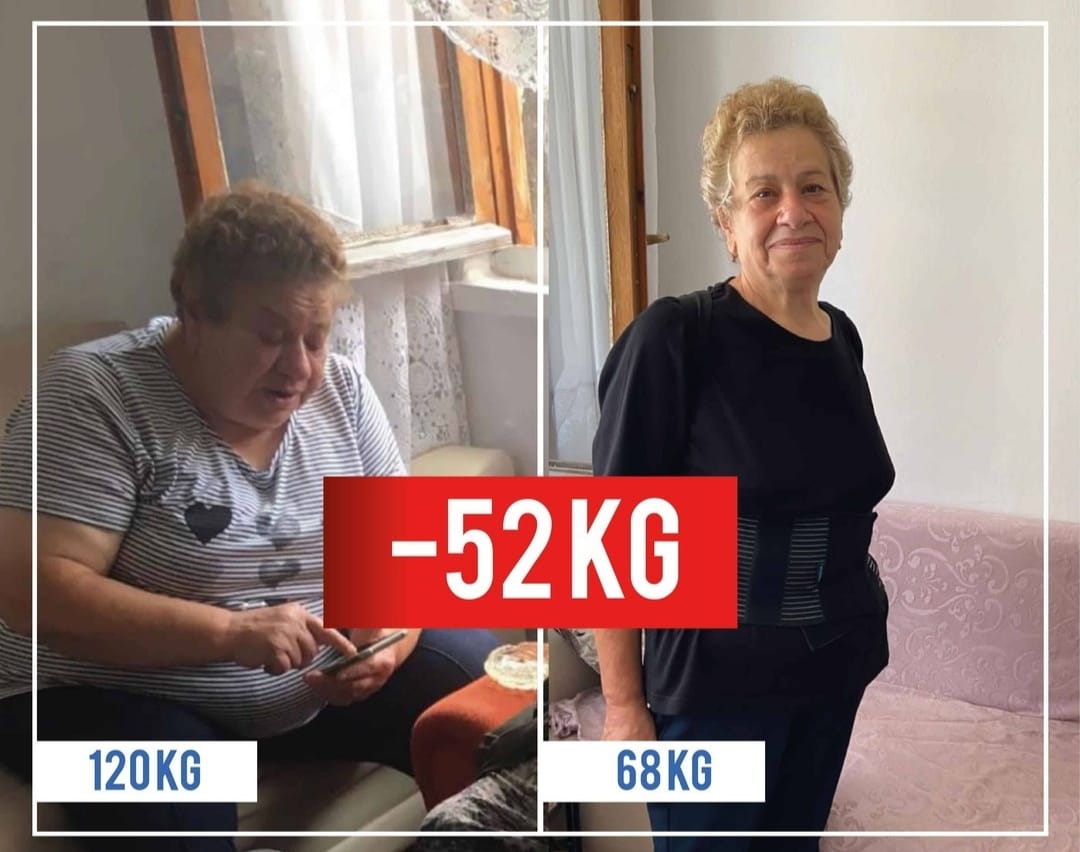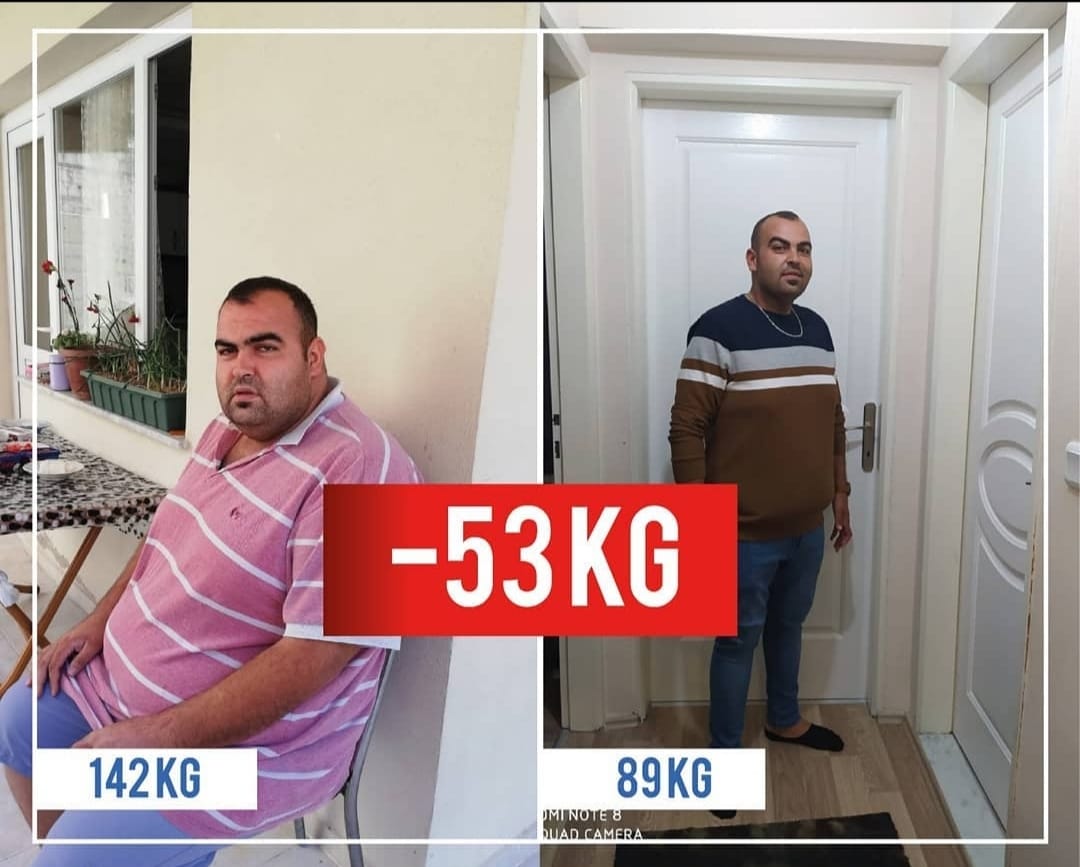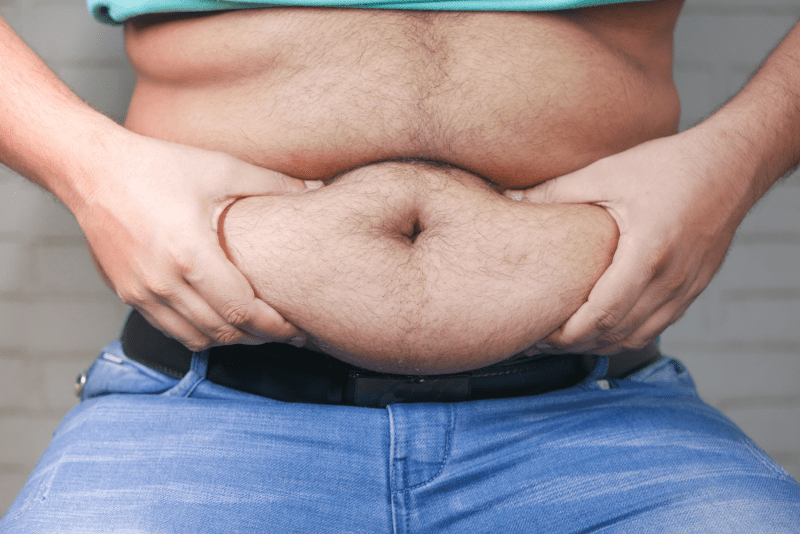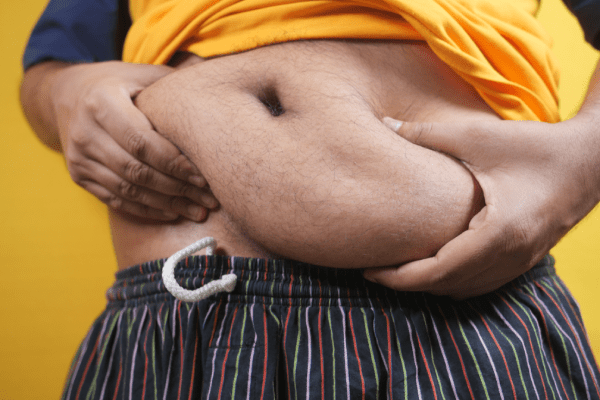What Will Happen If Gastric Sleeve Doesn’t Work?
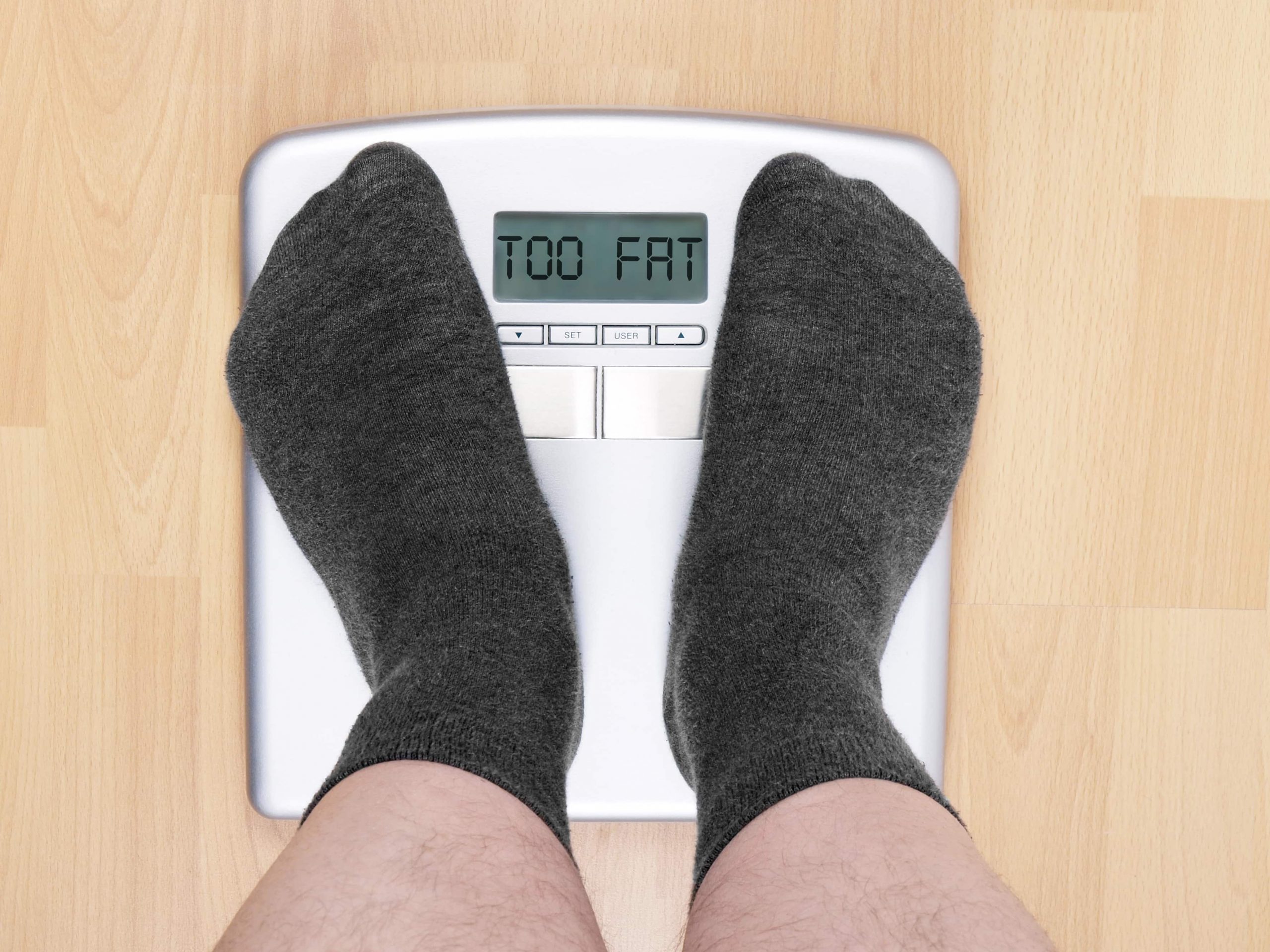
Vertical Tube Surgery, another name for Gastric Sleeve We all know that gastric surgery is a safe and successful way to lose weight, and gastric sleeve surgery is one of the most popular methods because it includes removing 60 to 80 percent of the stomach. management of severe obesity. Although this method helps limit how much food the patient can eat, the remaining portion of the stomach will assume the shape of a shirt sleeve, hence the name. Many obese people have recently made the decision to have this surgery since they have tried various diets without experiencing any long-term effects.
What Will Happen If Gastric Sleeve Doesn’t Work?
Gastric sleeve surgery is not a panacea for obesity or a fast fix. This process calls for tenacity and diligence and is clearly not the “easy way out.” It can be difficult for some patients to alter their food and lifestyle patterns. Additionally, the patient must adjust to a higher degree of physical activity and healthier eating options than what the majority of people are used to. Even with flawless surgery, sleeve gastrectomy occasionally fails. If that’s the case, we’ll need to investigate why this is occurring and determine whether it can be resolved with diet or a second surgery.
Weight Gain After Gastric Sleeve
Not everyone can attain the success they can and should have after surgery, and some people are successful at first before becoming out of shape and reverting to their old selves. This is because of all the post-surgical requirements, which can cause stress in certain patients. reaching a precipice where the pounds and weight are once again beginning to creep up. These patients eventually lose up or stop because they are unable to succeed on their own, thus declaring “My arm surgery didn’t work”… This is completely incorrect, although it can typically be rectified if discovered in time.
When should I consider Gastric Sleeve Revision?
There are a number of factors that can contribute to some patients failing or regaining weight several years after having Gastric Sleeve Surgery, but the truth is, the success of Weight Loss Surgery depends on the patient’s ability to adhere to certain lifestyle and dietary guidelines. Thin people are generally thin because of their habits, while obese people are overweight for the same reason.
Weight regain years after Gastric Sleeve Surgery is often the result of personal changes, bad choices, and most patients, when asked, will tell you that they know deeply what they are doing that is causing the weight gain back. If this is indeed the case, a revision surgery is usually not needed unless the patient does not stretch the sac and thus damage the sheath. For these patients, a new lifestyle adjustment may be sufficient and should be attempted before any revision surgery. First, they need to start with the sachet reset and then get back to eating properly. If nothing works after that, they should consider revision surgery.

How Should I Decide Revision Gastric Sleeve?
It is frequently crucial to confirm that the original surgeon left the stomach the right size from the start and that the first surgery was carried out according to plan before having a bariatric revision procedure. Rapid surgery might occasionally result in the patient’s stomach being larger than it should be since the doctor is handling multiple patients. This might lead to a botched operation. To fix the mistakes made during the initial surgery in these situations, bariatric revision is required. Prior to looking at the size of the sac or sheath, you should first determine whether the patient is successful following surgery. If the patient is able to eat too much, this is also a sign that the stomach was left too large by the original surgery and should be corrected in revision surgery.
How is Gastric Sleeve Revision Performed?
The doctor enters the body cavity and reviews what the previous surgeon did. Typically, they can see if the doctor has left the pouch or stomach too large, or if they are impatient and not measuring the cuff correctly from the start. Often doctors are in a rush and do not take the time to measure the tube correctly, leaving the lower part of the stomach a little too large, and so even a very small mistake can allow a patient. eat more food than they need, and over time this will stretch the cover even more. In revision gastric sleeve surgery, the patient’s stomach can be made smaller or converted to gastric bypass surgery.
What Happens During Revision Gastric Sleeve?
The stomach is split into a smaller sac that breaks down food and a much larger lower part that is bypassed during gastric bypass surgery. The sac is then joined by the small intestine. The stomach will shrink, and hormones that control appetite will also shift. For people with reflux problems, switching to gastric bypass is highly effective.
The Mini Bypass technique has a lower proportion of problems and is less technically challenging than the Bypass. Similar to a gastric bypass, this laparoscopic weight-loss procedure only has one link to the small intestine, which limits and inhibits the absorption of food and nutrients from the digestive tract.
